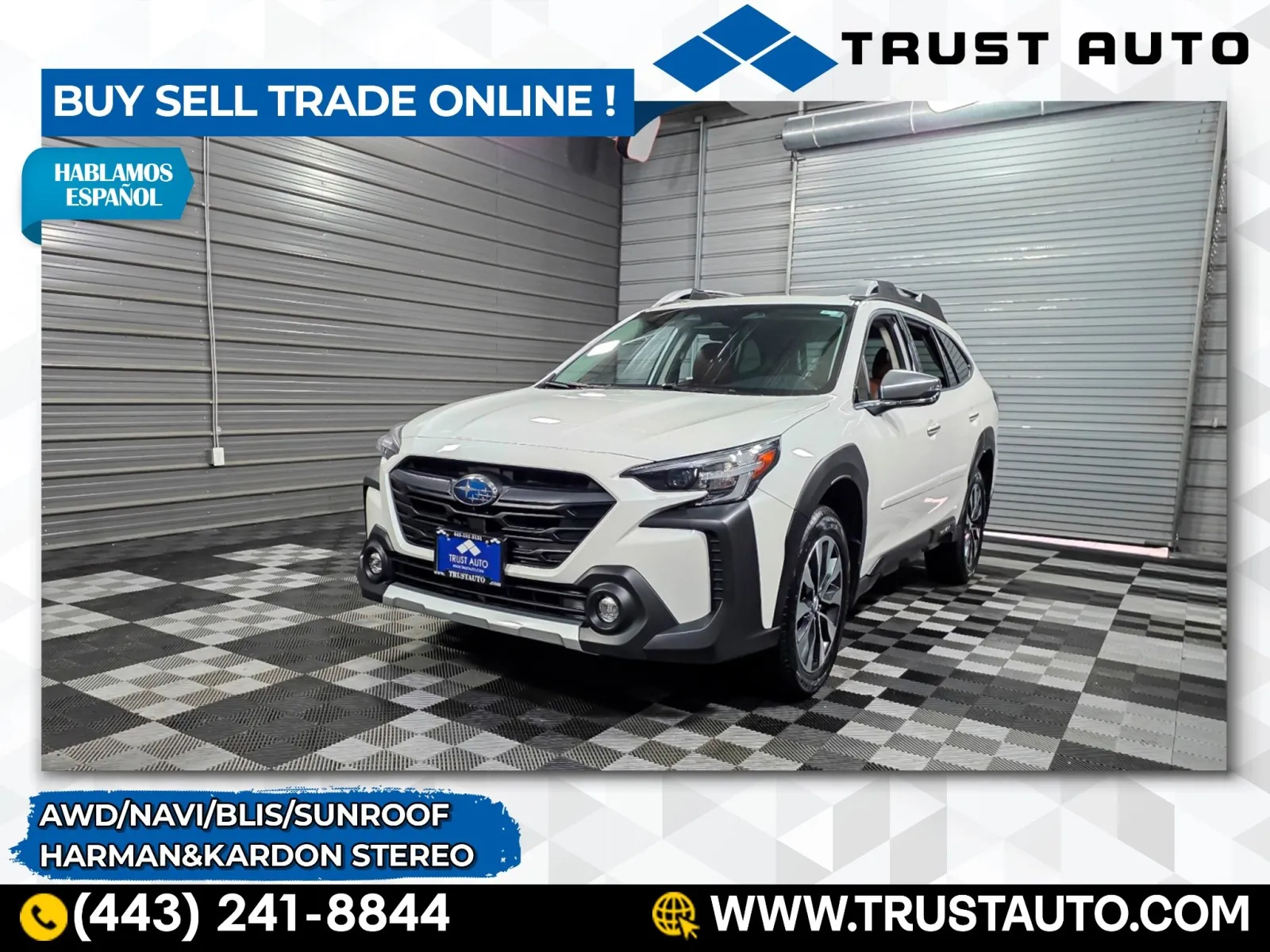12 Tips How To Save On Car Insurance
Table of Contents
- 12 Tips How To Save On Car Insurance
- Review Your Coverage Annually
- Check For Discounts
- Increase the Deductible
- Reduce Unnecessary Coverage
- Take Advantage of Bundle Discounts
- Go Shopping (For Insurance)
- Manage Teen Drivers
- Add Roadside Assistance Coverage
- Research The Car Before Buying
- Pay By The Mile
- Use The App
- Check Your Credit Rating
- From Trust Auto…

12 Tips How To Save On Car Insurance
For many drivers, car insurance isn’t given much thought. It’s one of those things you need to have, but there are more important matters to focus on. Yet, ignoring your coverage could be costing you money. This is especially the case if you’ve been with the same carrier year after year; it’s effortless to continue with the same coverage and just accept the annual premium increase.
But don’t leave money on the table when it comes to car insurance. Read on as we cover no-brainer ways to save on coverage.
Review Your Coverage Annually
At least once a year (and twice is better), look at your current car insurance coverage. Has anything changed? You’ll want to look at how many miles you’re estimated to travel, if the vehicle is parked on the street or in the garage, and if you drive for work. At the same time, you’ll want to check that the policy reflects any changes like a new address or a driver that should no longer be on the policy.
Check For Discounts
Asking your insurance company about policy discounts is the easiest way to save money. Examples include:
- A student with good grades
- Senior citizen driver refresher course
- Specialty programs like AAA
- Alumni groups
- Military service
- Advanced vehicle safety technology (like automatic braking)
A quick phone call to the insurance company or your agent will reveal what you may qualify for or can gain access to.
Increase the Deductible
Any easy way to reduce your premiums is by increasing the deductible, the amount you’re responsible for paying if there’s an accident. For instance, let’s say that a minor fender bender will cost $3,000 in repairs. If you have a $500 deductible, the insurance company pays $2,500, and you pay the balance ($500). If you change the deductible to $1,000, the insurance company would only pay $2,000.
So, a higher deductible may save money over the longer run, but you’ll be shelling out more in the event of an accident. It comes down to two questions. Are you comfortable reducing your premiums in exchange for the risk of higher out-of-pocket costs? And, can you afford to pay that higher deductible if you do get in an accident?
Reduce Unnecessary Coverage
Coverages like collision and comprehensive (which protects for damage not caused by a crash) are essential for newer cars but less so for older vehicles. Collision insurance for a paid-off 12-year-old car may be costing you a pretty penny. Find out what this coverage costs and see if it makes financial sense to drop that part of your insurance plan. Importantly, never skimp on liability coverage. If something terrible happens, you’ll want peace of mind knowing you’re covered (and won’t be responsible for paying large medical and repair bills out of your pocket).
Take Advantage of Bundle Discounts
Most insurance companies will offer a discount if multiple policies (car and home, for example) are kept together with that provider. This makes paying the premiums easier, too.
Go Shopping (For Insurance)
Don’t assume you’re paying the lowest insurance rates, even if you’ve been with the same company for years. It costs you nothing other than time to search for competitive coverage. Numerous online services make insurance shopping a breeze, especially if you can upload your current policy details. Importantly, always check a prospective insurer’s reviews and ratings before making a switch—sometimes, you get what you pay for.
Manage Teen Drivers
Adding a young driver to a car insurance policy can lead to some eye-popping increases in premiums. There’s no way around this extra cost (other than the good-grades discount mentioned above). At the same time, work with your teen to ensure good driving habits and the consequences otherwise. Also, check with your insurance company to see if there is any premium reduction while your child is away at college.
Add Roadside Assistance Coverage
Chances are, you’re paying $75, $100, or more every year if you’re covered by a roadside assistance plan like from AAA. Instead, check out if your insurance company has similar protection. You may find it costs substantially less than what’s offered by the other outfits. Be sure to get all the details on your insurance company’s roadside assistance plan so you can compare apples to apples.
Research The Car Before Buying
Don’t make insuring a new car an afterthought. Rather, check with your insurance company before you sign the paperwork. You may be surprised how different models (and even different engines) compare when it comes to insurance. Once you’ve narrowed your vehicle choices down to one or two options, get on the phone with your insurer and ask for a rate check. If possible, have the vehicle identification number (VIN) handy for each car. You can just provide the VIN from a similar vehicle if you don’t know the exact one you’re getting.
Pay By The Mile
A newer insurance model offered by some companies charges policyholders based on the miles driven each year. You’ll pay a base annual fee (typically less than traditional coverage) plus a per-mile amount. This coverage targets a car owner who drives substantially less than the lowest mileage allowances in a standard policy. The jury is still out if this coverage is a genuine bargain, but it can be worth checking out.
Use The App
Many insurance companies are promoting how their smartphone apps can reduce premiums. Basically, this involves giving up some privacy (the app will monitor your driving) in exchange for a discount (assuming the app confirms your safe driving habits). If you don’t mind a little “big brother” oversight, an insurance app can likely save you some money.
Check Your Credit Rating
Depending on your state, an insurance company will use your credit score (among other factors) to determine your rate. So, a bad score will increase what you pay for car insurance. Needless to say, check your credit rating for errors and work on ways to improve your score (if needed).
From Trust Auto…
Providing helpful car tips and essential automotive information is what we do at Trust Auto. It’s one way we make car shopping and ownership easier. Is there a topic you’d like us to cover or have a question about in this article? Contact us . We’d love to hear from you!











